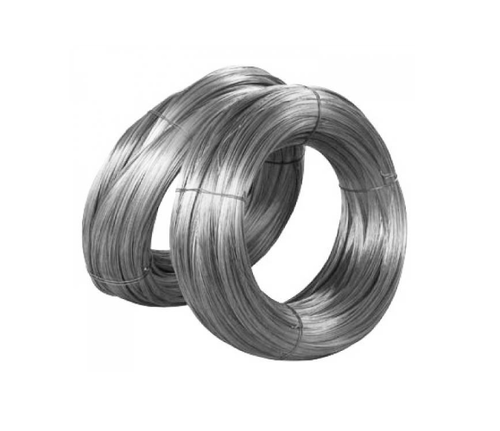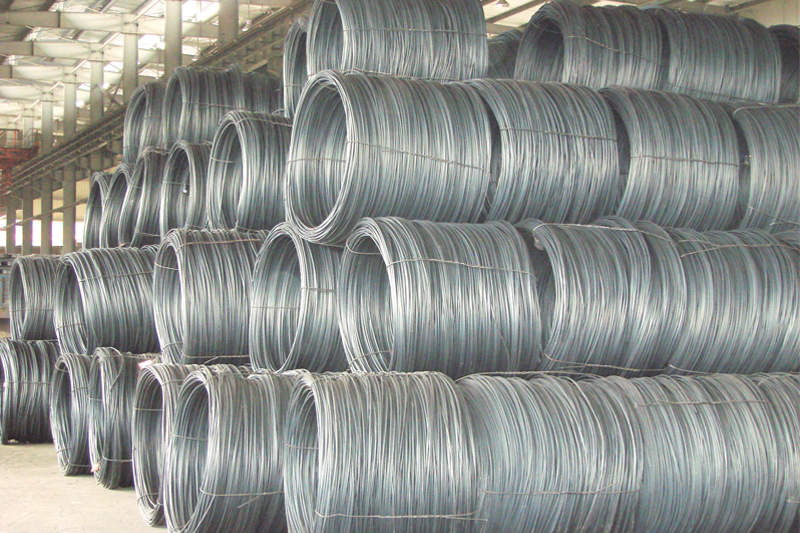Wiredrawing: A Decisive Stage Of Wire Making
Posted on Jul 26, 2018
Advanced technology has really made our lives far easier and convenient. Every single innovation has paved the way to ease life of humans. Wires are also among those innovations. Every type of wire is an important part of one or the other things of human use. From the tiniest circuit to big jet ships everything uses wires.
What exactly is a wire?
A wire is a cylindrical single strand or rod of metal that is extremely flexible. It is manufactured through the process of drawing the metal via a hole, either in a draw plate or in a die.
General uses of wires:
• Wires are used for bearing mechanical loads for transmitting telecommunications signals and electricity.
• They are used in numerous technical purposes
• They are also used in diverse decorative purposes like for jewelry-making, etc
• They are used in the manufacturing of suspension bridges
• They are used in myriad scientific instruments
• They are extensively used in automotive industry
Types of wires
Popular variety of wires include copper wires, iron wires, silver wires, Aluminum Wires, gold wires, brass wires, etc. Among-st these, for electric wiring, copper wires take the lead due to being good conductor of electricity.
Wiredrawing: A crucial phase of manufacturing wire
Before a wire comes into existence, it goes through several processes. Every process has its own importance. Wire drawing is also one among those important processes. It is a process of metalworking. It is meant to lessen the cross-section of wire. A wire is pulled via either series of drawing die or a single drawing die. Wire drawing is required in order to facilitate electrical wiring and for construction of springs, wheel spokes, stringed musical instruments, cables, tension-loaded structural apparatus, etc.
How wiredrawing is performed?
For this process, room temperature is required. However, it may also be performed at high temperature in the context of large wires, in order to lessen forces. During present time, drawing is used in combination with molten glass in order to fabricate superior quality optical fibers. Generally, the entire process of drawing wire is quite simple. The beginning of a wire undergoes shrinking, hammering stage, filing stage and rolling stage. These stages prepare a wire to ensure its fitting through the die. Thereafter, a wire is pulled through the die.
Advantages of wire drawing:
• It becomes possible to manufacture wire from rod and then awarding it with a particular diameter size
• This process improves finished surface
• This process removes scale from the rod
• It improves tensile strength possessed by the finished material
• It offers more consistent round-shape of the material
Thus, it becomes apparent that wiredrawing process really plays a crucial role in enhancing the quality of wires. Considering the same reason, there are wire manufacturers who give utmost importance to this process, in order to control the wire quality. They do so also for eliminating the requirements related to outsourcing raw materials. In-house wiredrawing can offer a competitive edge to a wire manufacturer. Through in-house arrangement, it becomes possible to work on several kinds of drawing processes. The same arrangement leads to offering of distinguished finishing and specific tensile strengths to cater to the diverse requirements of different clients.













